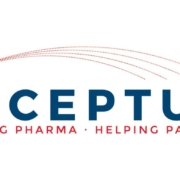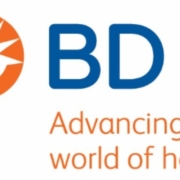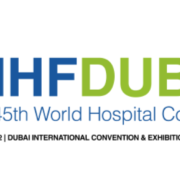Aero Healthcare report 47% increase in UK defibrillator sales
UK first aid wholesalers, Aero Healthcare, have reported that the AED (Automated External Defibrillator) market has continued to experience strong year on year growth in the United Kingdom, with the company recording a 47% increase in AED sales since 2020 alongside a global market growth of 35%. The 47% increase equates to more than 10,000 […]











